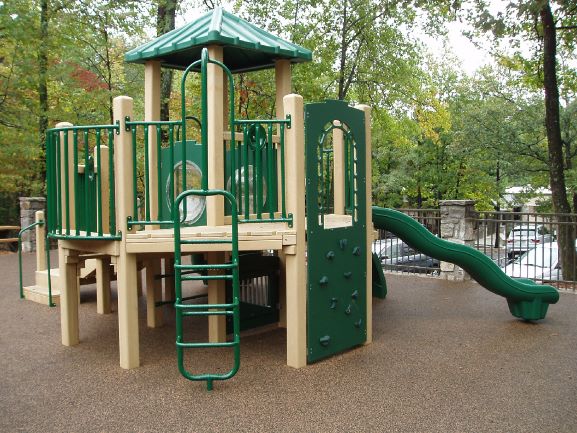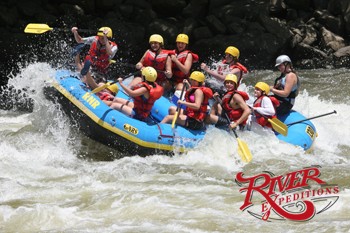This article originally appeared in the August 2009 issue.
By Eric E. Torrey
Eric E. Torrey is director of marketing for Safeplay Systems, www.safeplaysystems.com.
Many playground manufacturers tout their product as being PVC-free. Others don’t. Either way, why is this even an issue to be considered by potential playground equipment purchasers?
The fact of the matters is that the question that should be asked is not about whether PVC is safe or not safe. The true question is about phthalates. Are phthalates safe, or are they hazardous to children? And, does the use of PVC on playground equipment expose children to phthalates?
What are phthalates? And what do they have to do with PVC? And, more importantly, what do PVC and phthalates have to do with playgrounds?
Phthalates are a family of compounds used as a plasticizer (softener) for PVC. When added to PVC, you get that soft, rubbery coating found on the decks, stairs, and ramps of many metal playground sets – instead of that hard, non-flexible PVC that one thinks of (as in PVC pipe, etc.).
And, there is an ongoing debate as to whether or not the phthalates found in the PVC that is used to coat some metal playground equipment is safe or hazardous to the health of the children playing on that equipment.
How long the debate lasts, and who wins (if anyone wins), does not matter. What does matter is that potential purchasers of playground equipment learn the facts, weigh the facts, and make an informed purchasing decision.
So, here are the facts.
FACT ONE
The Consumer Product Safety Commission (CPSC) has banned six toxic phthalates from children’s products. President Bush signed this ban into law. This ban covers children’s toys, defined as, “any object designed, manufactured, or marketed as a plaything for children under 14 years of age.”
FACT TWO
Playground equipment is excluded from the CPSC ban on phthalates – not because of any evidence that phthalates are safe, but because the CPSC has decided that playground equipment is not considered a “toy” by definition.
FACT THREE
A recent article to the playground industry states, “There is absolutely no data, none, to support the notion that PVC will harm or injure children who play on PVC coated play equipment”… and, “Studies have shown that f-PVC additives are not leached from landfill PVC products.”
FACT FOUR
The article does not mention phthalates at all.
FACT FIVE
The PVC Handbook, published by C.P. Hall, states, “The phthalate DEHP will migrate out of the plastic as a vapor at temperatures over 86 degrees F” and, “Under relatively slight pressure, phthalates will exude from PVC. As little as 1.4 lb/sq-inch can result in loss of 30% of the plasticizer.”
FACT SIX
Europe banned the use of phthalates in playground equipment years ago. Canada is currently considering a similar ban.
FACT SEVEN
Research is ongoing. On July 1, 2009, it was reported, “Findings from a study of Chinese newborns suggest that pregnant women exposed to phthalates increases the risk of low birth weight.”
FACT EIGHT
Because of the additives (phthalates) required to make it useable, PVC is nearly impossible to recycle, leading the Association of Post Consumer Plastic Recyclers to declare PVC as a “contaminant” in 1998.
FACT NINE
Proponents of the use of PVC on playground equipment surfaces point out that no tests have been completed – on playground equipment specifically – showing PVC to be hazardous. But, as a nod to public demand, many now offer a non-PVC option.
Ironically, there have been no tests completed – on playground equipment specifically – showing these substitute products to be long-lasting and able to stand up to the wear associated with playground use.
FACT TEN
There are numerous sources that can be found online that address the safety/hazards of PVC and phthalates. Only an informed purchaser of playground equipment can determine the relative importance of each and every issue associated with the purchase decision.













